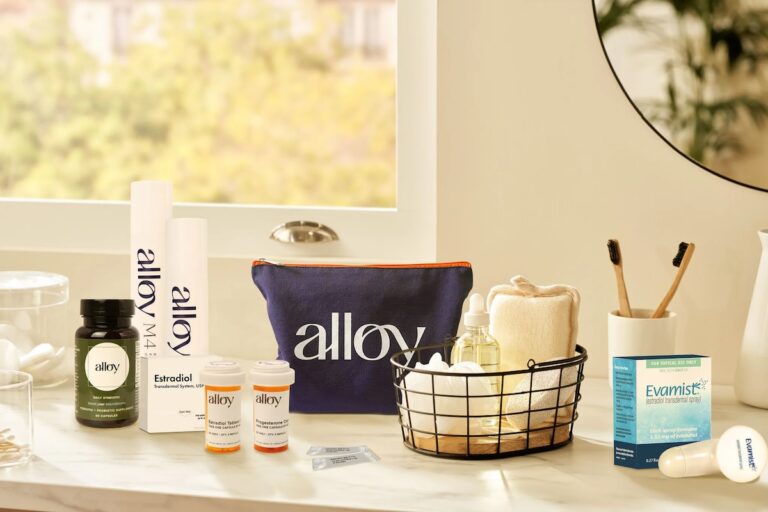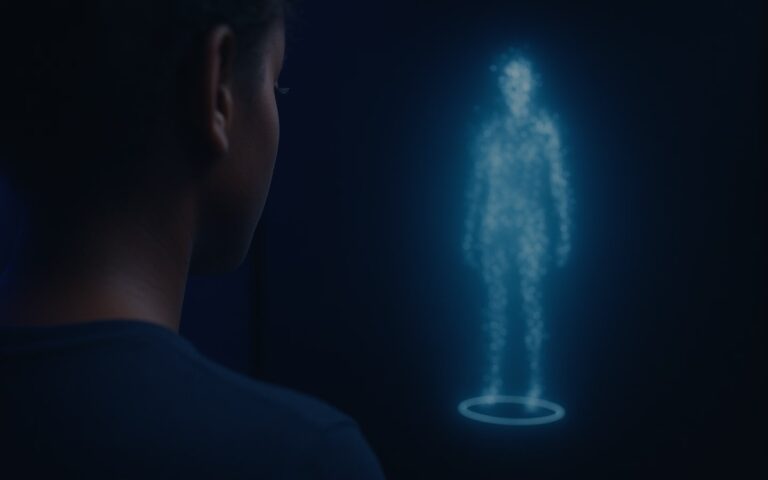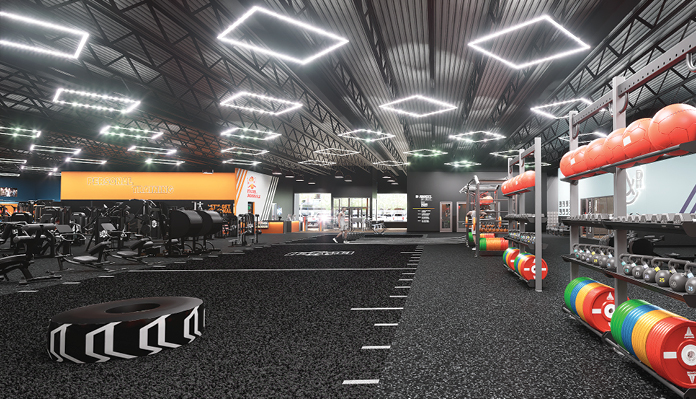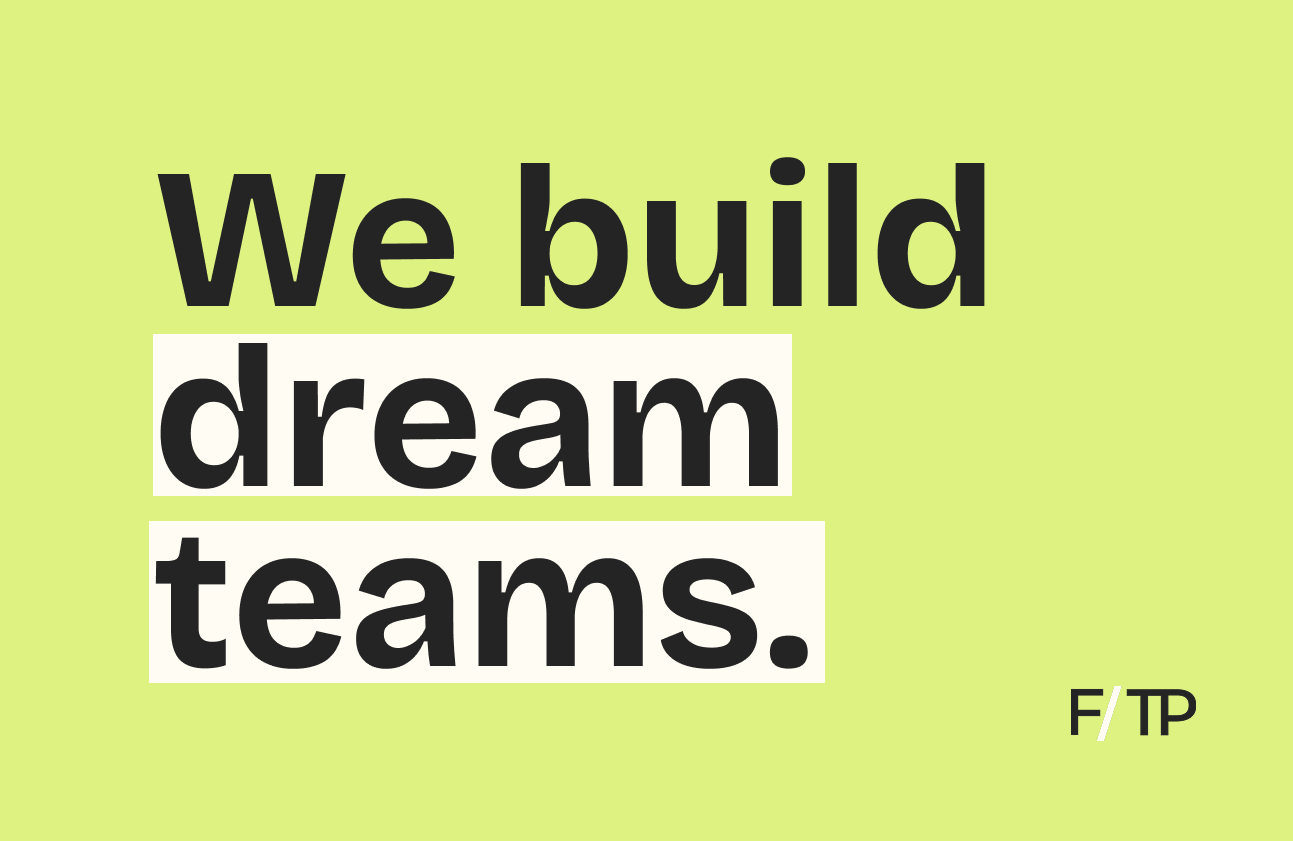Startup Q&A is an interview series showcasing health, fitness, and wellness companies.
In this Q&A, you’ll hear from Keith Rumjahn, founder and CEO of OliveX, a digital lifestyle company bringing fitness into the metaverse. In addition to sneak previews of OliveX’s newest offerings, Keith details the development of move-to-earn games, NFT rewards, and the tokenomics of its own digital currency, DOSE.
Can you tell us about what you’re working on at OliveX?
Keith Rumjahn: We are building a fitness metaverse where players can play fitness games to earn in-game rewards such as NFTs and our utility token DOSE.
Imagine riding 100 kilometers in [OliveX’s forthcoming sweat-to-earn cycling game] Dustland Rider to unlock a yellow jersey NFT and being able to use that same NFT across multiple fitness games for [audio-guided running game] Dustland Runner, rowing and more. We call this fitness 4.0. It’s the evolution of fitness as a game, where all the NFTs and in-game items are now interoperable across other platforms and games.
In the NFT space, interoperability is a critical value driver, as it provides additional utility to the user that owns the NFT.
How did you come up with the idea? What key insight led you to pursue this opportunity?
KR: We’ve been working on fitness games for years. Making exercise more fun and motivating people of all ages to stay active and improve their fitness is what gets us up in the morning.
We started off with Garfield Fit, a location-based game with the lovable Garfield character. We then developed “squat for crypto,” which became a #2 product of the day on Product Hunt. It utilized the front-facing camera on your phone to detect your movements using AI.
Following that, we developed an app recognized as one of Google Play’s “Best Personal Growth Apps of 2019” with Baduanjin, a Chinese martial arts-derived human pose estimation game.
I’ve always loved games, fitness, and technology. The problem with fitness games is that it’s hard to retain users. But, when we saw that 39% of players continue playing [NFT-based online game] Axie Infinity after 30 days, I knew we could use blockchain to keep people motivated to move!
How did you turn your idea into a company?
KR: We initially got $500K in seed funding from Yat Siu and Sonny Vu in 2017 with the thesis to gamify fitness. For those that don’t know, Sonny Vu founded and exited Misfit wearables to Fossil for $230M.
In August of 2020, we raised AUD$2M and subsequently IPO’d on the National Stock Exchange in Australia. In May 2021, we raised AUD$8.8M before adding an additional AUD$8M in November 2021.
In that period, we acquired Six to Start, the developers of the #1 gamified running app—Zombies, Run!—and SOL Cycle. In November 2021, we launched our DOSE token with a fully diluted valuation of over $1B.
Now, we have 34 employees across offices in the UK, Hong Kong, and Taiwan. The team is currently laser-focused on one goal and one goal only: the launch of our first game in the move-to-earn Dustland series, Dustland Runner. Watch out for this space — we’ll be taking you on a ride to the year 2272.
How big can this get? What’s the addressable market and how do you go about capturing it?
KR: We believe in gamification of fitness and that people are fitness omnivores, meaning players will want to play multiple fitness games. That’s why we are starting off with a running and cycling game based on our existing apps Zombies, Run! and SOL Cycle and are also actively acquiring and investing into other fitness games.
Both Zombies, Run! and SOL Cycle are highly credible and successful products in their own right — by adding blockchain functionality to these platforms, there is the potential to greatly increase their appeal, network effect, and value. One of the critical aspects as to why we believe users will want to play and continue playing these games is due to the digital property rights tied to the NFTs, which is made possible by blockchain technology. This also allows the users to monetize their digital items.
We have seen similar examples of existing games porting to blockchain with considerable success, including Animoca Brands’ The Sandbox and Crazy Defense Heroes.
These were previously free-to-play mobile games which have now transitioned to become successful blockchain offerings. The Sandbox, for example, is now one of the leading decentralized virtual real estate and gaming worlds and has partnered with globally renowned brands and intellectual property (IP) including Snoop Dogg, Steve Aoki, adidas, and The Walking Dead.
In terms of the addressable market size, OliveX is strategically positioned in the centre of three exciting industries, merging fitness, blockchain/NFTs, and gaming. The NFT market is a $22B market; the gaming market is $180B; and the global gym industry was worth $96.7B in 2020.
From web 1.0 to web 2.0, multiple unicorn fitness companies were created. Blockchain gaming is still in the early stages, but we believe there will be multiple new unicorn fitness companies in the web 3.0.
Who is the core customer? How are you acquiring customers? And how will you grow the customer base?
KR: Our gamified fitness apps are designed to motivate and empower people to stay active, and it‘s our mission to bring the next billion non-crypto users to blockchain.
Our existing game engine in Zombies, Run! has already been highly successful, with 300K MAU and over 8M downloads. Imagine moving these early adopters to the blockchain. It presents a very promising start, not to mention the exponential growth that is achievable from incorporating the blockchain functionality that Dustland Runner will have.
Animoca Brands as a strategic partner and investor in OliveX brings considerable benefits, including their 40M-strong user base and established digital infrastructure and ecosystem, which we as a company can leverage. This includes games such as The Sandbox, REVV Racing, Phantom Galaxies, GAMEE, and many more, as well as over 100 investments which offer additional strategic benefits to OliveX.
Additionally, we help fitness brands enter the metaverse through our games. We just announced that we are helping [playground equipment manufacturer] Playinnovation, [UK-based boutique fitness studio] TRIB3, and [fitness clothing label] GYM AESTHETICS to enter The Sandbox game by creating a virtual 3D experience.
Looking at your road map, what are some of the milestones you’re targeting over the next 3-6 months?
KR: The last 12 months have seen some key milestones achieved for the company, with the successful launch of the DOSE token, development of Dustland Runner, the acquisition of SOL Cycle, and partnership deals with Playinnovation, GYM AESTHETICS, and TRIB3.
Looking forward, we want to continue to execute on our strategy to build the fitness metaverse through game development, brand partnerships, and investment.
In the next six months, we are launching the first blockchain games for running and cycling in Dustland Runner and Dustland Rider. Both games will incorporate move-to-earn functionality allowing users to earn, buy, and sell NFT items and land.
Lastly, we invested in and will be incubating a location-based game called DEFY Disrupt as well as move-to-earn NFT game Genopets. We will help them launch and will continue to invest in more games in this space in order to expand the wider ecosystem and fitness metaverse, benefitting all games and users.
If you’re interested in having your company featured in our Startup Q&A series, send an email to team@fitt.co.
Related reading from Fitt Insider:
Issue No. 131: Fitness 3.0






